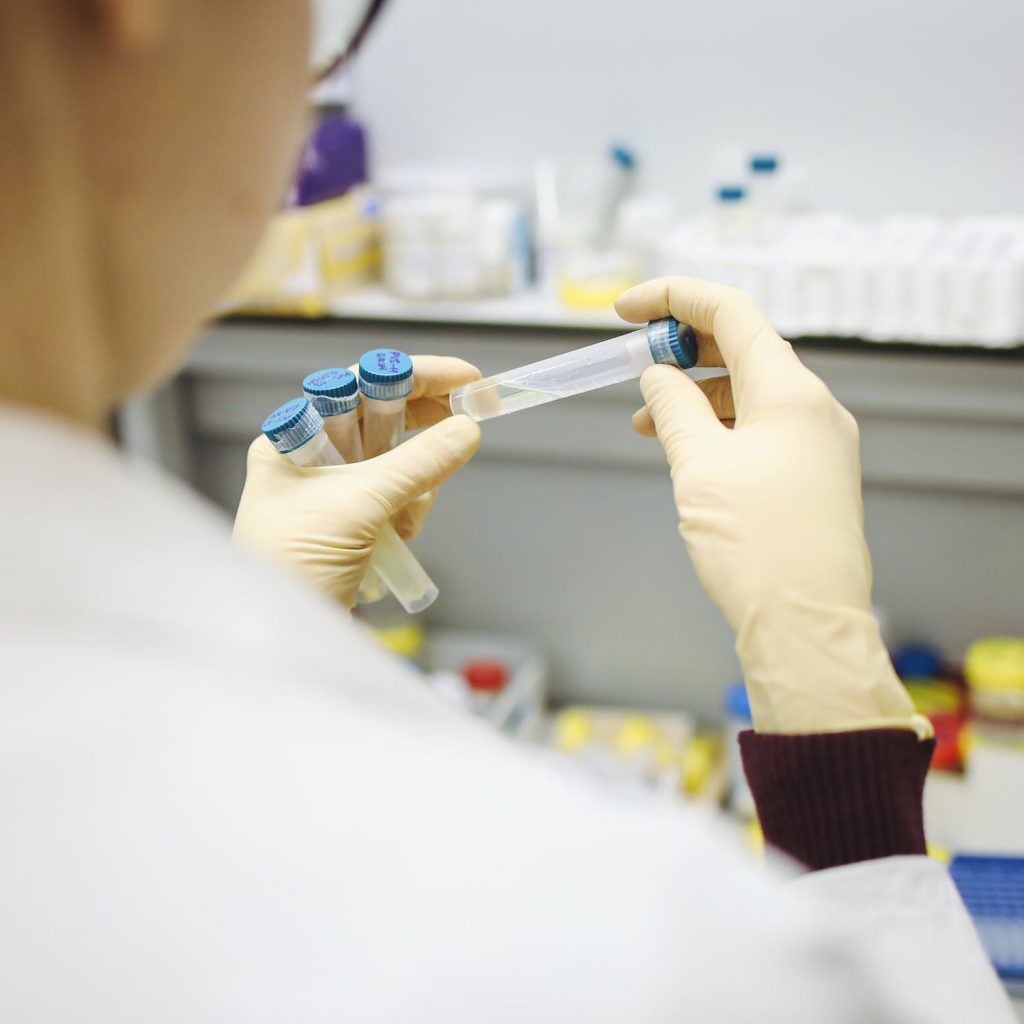Human papillomavirus (HPV) is one of the most commonly contracted STDs in Canada and worldwide.
The Government of Canada reports HPV will affect approximately 75 per cent of Canadians at least once in their lifetime. The untreatable infection can cause skin lesions or even cancer if not identified early on.
Because of this cancerous link, regularly testing women for HPV instead of conducting pap smears, along with HPV vaccinations, could almost eradicate cervical cancer.
HPV Screening and Cervical Cancer
Currently, the go-to method for cervical cancer screening is a pap smear. Women should get a pap smear every three years from ages 21 to 70. High risk women should go for testing more often.
HPV testing identifies abnormal cells in the cervix which can develop into cervical cancer, according to The Canadian Cancer Society.

Doctors can catch cancer through early identification of irregular cells and provide treatment before it poses a danger to your health.
The CDC reports that 91 per cent of cervical cancer cases are preceded by an HPV infection, which is considered the predominant cause of cervical cancer.
Many provinces across Canada are considering making the move to HPV screening rather than conducting pap smears to identify patients at risk for cervical cancer.

The Canadian Cancer society says “Research shows that HPV testing is more accurate than the Pap test in finding precancerous changes in the cervix. Researchers are still trying to find the best way to use the HPV test as a part of cervical cancer screening.”
About 1,450 women in Canada were diagnosed with cervical cancer in 2022. About 380 women died, according to the Canadian Cancer Society.
With more effective screening measures in place, these numbers could plummet close to zero.
HPV Screening vs Pap Smear
The Canadian Partnership Against Cancer has created an action plan to eradicate cervical cancer by 2040.
They aim to implement HPV testing as the primary screening method for cervical cancer, rather than a pap smear, by 2030.
CMAJ reports, “Testing for high-risk human papillomavirus (HPV) will soon replace the Pap test for primary cervical cancer screening in Canada, as it is a more sensitive test that has been shown to be cost-effective and safe.”
HPV testing only needs to be completed once every five years, while pap smears need to be completed every three years.
And the cherry on top: HPV testing is more accessible. Those living in remote communities without regular access to in person health checks can complete a self sample and send it to their doctor for testing.
Other Cancers Caused by HPV
Cervical cancer isn’t the only malignant danger to your health.
The Canadian Cancer Society outlines other possible developments of HPV:
- 80% to 90% of anal cancers
- 40% of vaginal and vulvar cancers
- 40% to 50% of penile cancers
- 25% to 35% of mouth and throat cancers
Of course, HPV isn’t the only cause of any of these cancers. It is entirely possible to develop cancer without contracting HPV, so continue scheduling regular screenings with your doctor to protect your health.
Don’t have a family doctor? Read The Health Insider’s article to learn how you can still stay up to date with your health screenings.
HPV Infection Rates
Multiple sexual partners is a risk factor for contracting HPV. Other risk factors include inconsistent condom use, immune suppression, and HIV infection.
The Government of Canada cites marijuana and tobacco use as additional risk factors, but studies are limited in scope and many are unsure of the link.
Approximately 17 per cent of women in North America have HPV. The infection is most common in women younger than 20 with decreasing prevalence until the age of 60, according to the Government of Canada.

The government continues that although there is little research into HPV and men, the prevalence is much higher at 70 per cent of North American men from 16 to 69 years old.
The Canadian Cancer Society says HPV is “mostly spread through sexual intercourse, genital skin-to-skin contact and oral sex.”
Remember, condoms are your friends for reducing your risk of contracting STDs! Birth control does not protect you against infection or disease, only pregnancy.
Get Vaccinated
There are multiple vaccine options, according to the government. Ontario recommends receiving the vaccine before the age of 26.

All children are eligible to get the vaccine for free in Canadian schools between grade four to grade eight, depending on the province or territory.
There are over 200 different strains of HPV, but most of them are relatively harmless. Low risk strains won’t develop into cancer. Those infected with low risk strains may be asymptomatic or may develop warts.
14 of the HPV strains are high risk, which can develop into cancer. The strains most likely to cause cancer are 16 and 18, according to the National Cancer Institute. It’s important to vaccinate against these.
The CDC reports “HPV vaccination can prevent over 90 per cent of cancers caused by HPV.”
Symptoms of HPV
Mayo Clinic lists the symptoms of an HPV infection:
- Genital warts
- Common warts
- Plantar warts
- Flat warts
- Oral and upper respiratory lesions
HPV Management Options
The Canadian Cancer Society reports, “Most HPV infections come and go over the course of a few years. While an HPV infection can’t be treated, the conditions it causes (such as genital warts) can.”
Treating genital warts can be uncomfortable, according to Sexual Health Ontario (SHO). Paired with the facts that the warts themselves are typically painless and can come back even after being professionally removed, it’s a personal choice as to whether or not to get treatment.
“Topical ointments, or liquid nitrogen (“cryotherapy”) are the most common treatments. In severe cases, lasers or surgery may be needed,” SHO cites.
Cervical cancer does not have to claim hundreds of women’s lives every year. With more accurate testing, we can protect Canadians against several different cancers.
The information provided on TheHealthInsider.ca is for educational purposes only and does not substitute for professional medical advice. TheHealthInsider.ca advises consulting a medical professional or healthcare provider when seeking medical advice, diagnoses, or treatment.










